Table of Contents
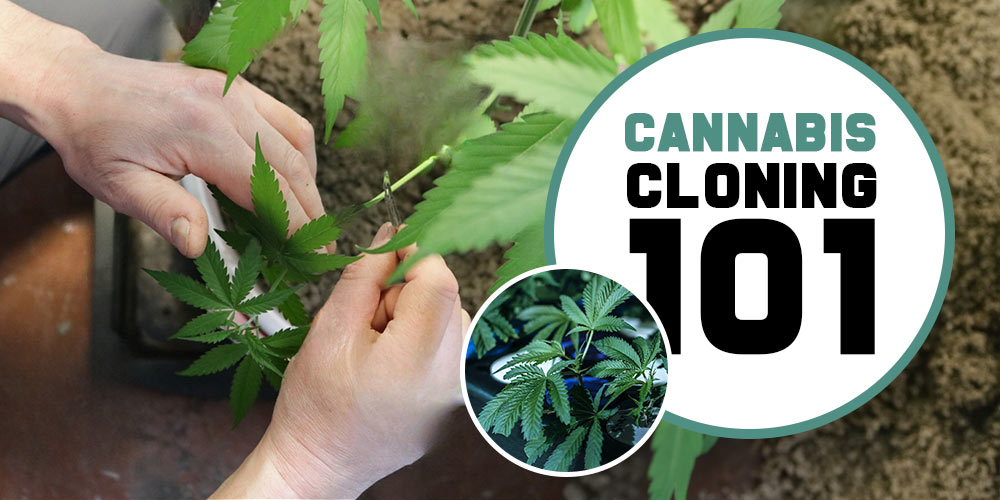
In the world of cannabis cultivation, the art of cloning cannabis stands as a powerful tool, enabling growers to replicate their prized plants effortlessly. Cloning, often referred to as “taking cuttings,” involves the creation of miniature replicas of a parent cannabis plant, each with identical genetic makeup. This technique guarantees the perpetuation of desirable traits and offers substantial yield multiplication without added expenses. This article will delve into the intricacies of cloning cannabis, shedding light on its advantages and how to start this process effectively.
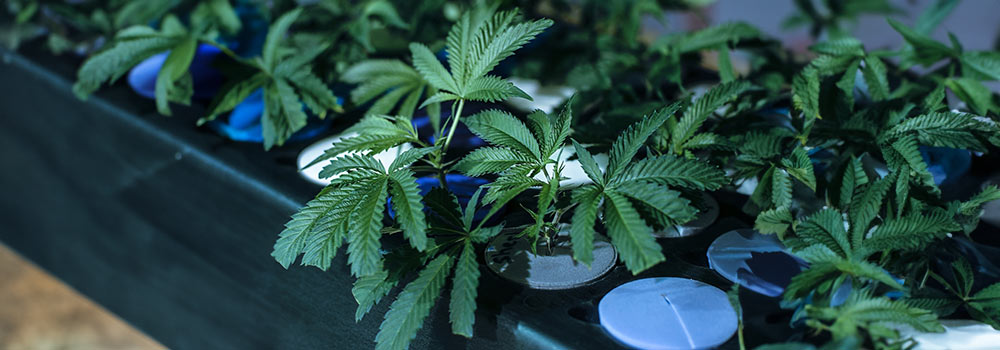
A cannabis clone is essentially a genetic twin of its parent plant. They share identical genes, ensuring that they grow in a manner akin to their progenitor. This intimate knowledge of growth patterns yield potential, and potency makes cloning an invaluable asset for cannabis cultivators. The advantages of cloning extend beyond mere replication; it’s also an economically sound method. You can create numerous new plants with minimal cloning supplies in just about a week.
Cloning offers flexibility in timing as well. You can take clones at various plant life cycle stages, from the vegetative phase to a few weeks before harvest. This versatility allows you to preserve your favorite plants for future growth easily. Moreover, clones, being more mature than seedlings, exhibit faster growth in their initial weeks, making them an ideal choice for techniques like Sea of Green or 12/12 from seed as they rapidly transition to the flowering stage.
However, it’s worth noting that cloning may only suit some growers’s preferences. Some may opt for starting with seeds, appreciating the ability to cultivate multiple strains simultaneously without additional plants. Nevertheless, cloning remains an attractive proposition for those intent on preserving and multiplying specific strains.
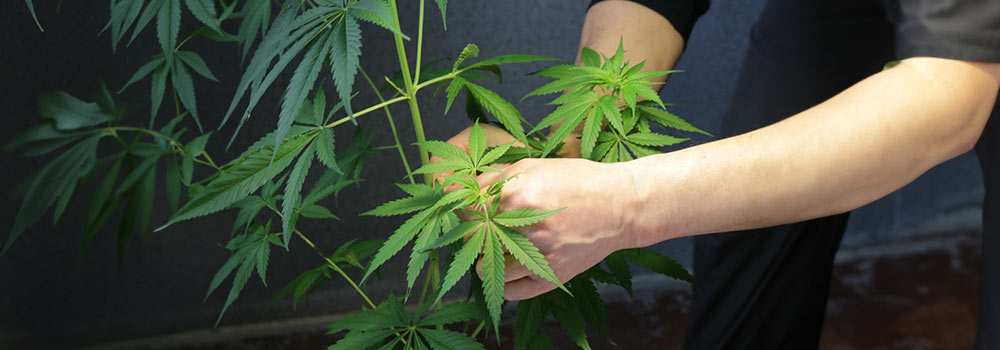
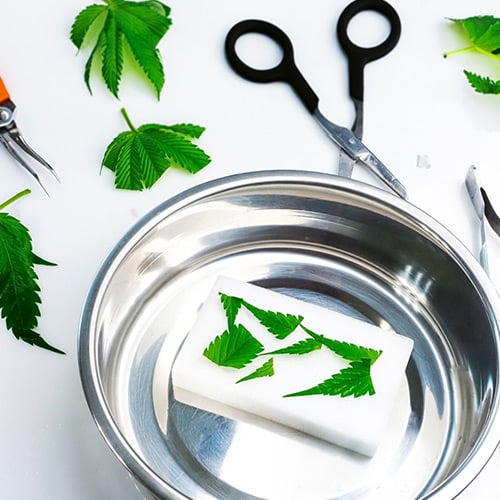
Before embarking on your cloning journey, gather the following materials:
Mother Plant: The source from which you will take cuttings.
Sharp Scissors or Pruning Shears
Rooting Hormone (optional)
Water
Growing Medium: Options include Starter Cubes, Rockwool cubes, peat pellets, or soil.
Container for Rooting Clones: Consider using a plastic tray, humidity dome, or propagation box.
Grow Light (optional but recommended for faster growth)
Ventilation Fan (optional but recommended for air circulation)
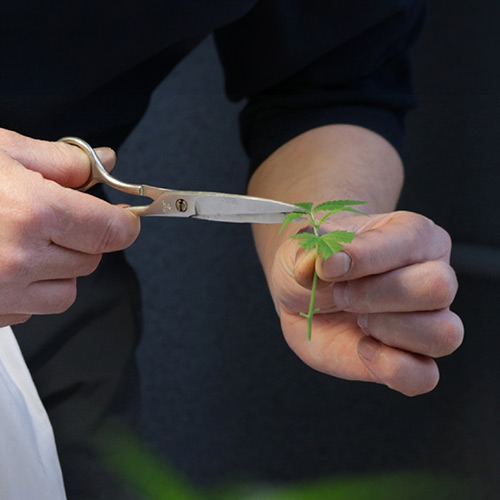
To commence cloning cannabis successfully, meticulous preparation is key. Ensure all tools are clean and disinfected and have the necessary materials at your disposal as listed above.
Furthermore, it’s imperative to select mature cannabis plants for cloning. You can identify maturity by examining the leaf arrangement. Alternating leaves on a stem indicate readiness for cloning. A stem with alternating leaves/nodes is an ideal candidate.
To create a new clone, soak a starter cube in water briefly. There’s no need for an extended soak. Next, select a spot on the plant with fresh, top growth and new branching. Employ a sharp instrument to make a clean 45-degree cut. The optimal length for a new cutting is roughly 5-8 inches (10-20 cm).
While vigorous growth tips in the lower half of the plant are preferred for cloning, success is achievable from any part of the plant if it possesses a healthy growth tip.
Remove large lower leaves or node points and clip the top fan leaves. This step conserves energy, as excessive photosynthesis can impede root growth. Rooting hormones or cloning products can expedite root formation. Dip the cutting into rooting hormone powder or gel immediately after removing it from the water, ensuring full base coverage. Place the clone in a moistened starter cube, pressing gently to seal the rooting area.
While automatic cloners and humidity domes facilitate cloning, achieving success without these devices is possible. Following these guidelines, almost all clones can establish roots. The next section elaborates on the prerequisites for ensuring the healthy growth of your newly created clones.
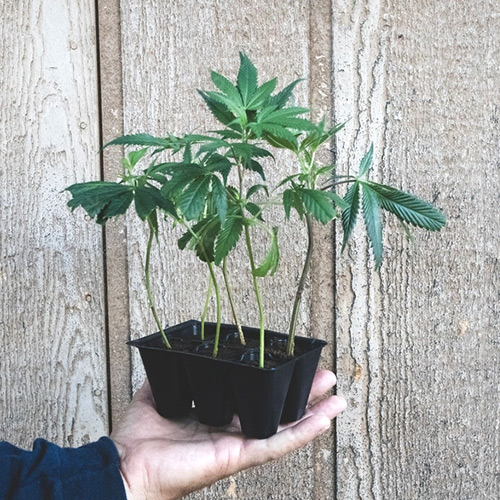
To ensure the flourishing of your clones, create an environment reminiscent of the spring season—warm and humid. As clones lack root systems, they depend on moisture from their leaves. Thus, a humid cloner or frequent misting proves beneficial until roots develop. Some growers employ heating pads to maintain temperatures around 72-77 °F (22-25 °C), slightly warmer than room temperature. Grow lights can be introduced from the outset but should be programmed to run for 18 hours and off for six hours daily. This alternation between light and darkness appears conducive to rooting. Although some growers omit lights for the initial one or two days, others opt for gentle sources like CFL bulbs. Close monitoring of new clones remains essential until they establish themselves.
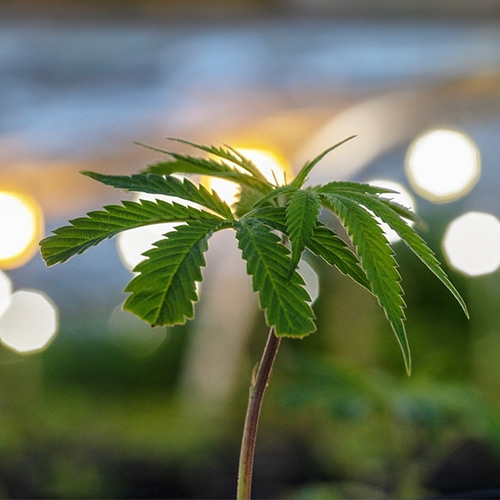
It’s wise to employ light sparingly during the first ten days, especially during the initial 3-4 days. While clones require light for growth, they are delicate at this stage, primarily focused on root development. Fluorescent grow lights such as CFLs and T5s, emitting low-intensity light, are ideal for clones and readily available. Maintain them at about 8-9 inches from the clones. For HID grow lights like Metal Halide and High-Pressure Sodium bulbs, maintain a distance of 2-3+ feet to prevent scorching. When using intense lights, treat cuttings like seedlings until robust roots form. If growing in Rockwool cubes or other starter cubes, transplant the clones and introduce regular light once roots emerge. Remember, new clones are delicate and require gentle handling. With patience and optimal conditions, nearly all cuttings will root successfully, some within days and others in up to two weeks or more.
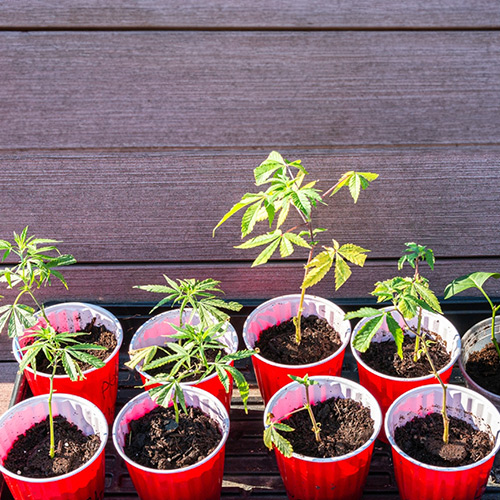

Curious about growing weed in a healthy, effective way? Welcome to the realm of weed hydro! This method uses water instead of soil, delivering n

Peyote Zkittlez is a unique cannabis strain that has quickly gained dedicated followers among enthusiasts and patients alike. Its parentage—Zk

As growers, we want strains that work well, are strong, and are of good quality. Autoflowering cannabis strains are a big step forward for both

Pot growers always ask the same basic question: How much weed does a weed plant produce? The answer is complex and depends on a multitude of var

Ever had the room spin after a few hits? You're not alone. Figuring out how to prevent getting dizzy high can make your cannabis experience a wh

Drying cannabis properly is a critical process in preserving the plant's full aroma and flavor and its psychoactive abilities. Tampering with th

Ever caught yourself a bit too high and all of a sudden in need of being normal? Whether you're heading out for munchies or bumping into someone

Looking for sage advice on how not to get pinched with weed without batting an eye? Attempting to protect your stash from gossipy roommates, sno

Nutrient lockout, also known as nutrient binding or chemical antagonism, is a significant issue in cannabis cultivation that negatively impacts

Germination is the most critical initial stage in growing healthy, high-quality cannabis plants. During germination, the dormant seed becomes a
Are You 18 Or Over?
By selecting “Continue”, you confirm that you are at least 18 years of age and legally permitted to access cannabis related content in your region.
By using Rocketseeds.com, you agree to our legal disclaimer.
Excellent blog here Also your website loads up very fast What web host are you using Can I get your affiliate link to your host I wish my web site loaded up as quickly as yours lol
Your writing is not only informative but also incredibly inspiring. You have a knack for sparking curiosity and encouraging critical thinking. Thank you for being such a positive influence!
Simply wish to say your article is as amazing The clearness in your post is just nice and i could assume youre an expert on this subject Well with your permission let me to grab your feed to keep updated with forthcoming post Thanks a million and please carry on the gratifying work
Somebody essentially lend a hand to make significantly articles Id state That is the very first time I frequented your website page and up to now I surprised with the research you made to make this actual submit amazing Wonderful task
Your blog is a beacon of light in the often murky waters of online content. Your thoughtful analysis and insightful commentary never fail to leave a lasting impression. Keep up the amazing work!
Thank you for the auspicious writeup It in fact was a amusement account it Look advanced to more added agreeable from you By the way how could we communicate
Your blog is a constant source of inspiration for me. Your passion for your subject matter shines through in every post, and it’s clear that you genuinely care about making a positive impact on your readers.
Your blog is a constant source of inspiration for me. Your passion for your subject matter is palpable, and it’s clear that you pour your heart and soul into every post. Keep up the incredible work!
Your articles never fail to captivate me. Each one is a testament to your expertise and dedication to your craft. Thank you for sharing your wisdom with the world.
Your blog is a testament to your dedication to your craft. Your commitment to excellence is evident in every aspect of your writing. Thank you for being such a positive influence in the online community.
Your writing has a way of resonating with me on a deep level. I appreciate the honesty and authenticity you bring to every post. Thank you for sharing your journey with us.
Your blog is a true gem in the world of online content. I’m continually impressed by the depth of your research and the clarity of your writing. Thank you for sharing your wisdom with us.
Hi i think that i saw you visited my web site thus i came to Return the favore Im attempting to find things to enhance my siteI suppose its ok to use a few of your ideas
Somebody essentially help to make significantly articles Id state This is the first time I frequented your web page and up to now I surprised with the research you made to make this actual post incredible Fantastic job
Usually I do not read article on blogs however I would like to say that this writeup very compelled me to take a look at and do so Your writing taste has been amazed me Thanks quite nice post
Your blog has quickly become one of my favorites. Your writing is both insightful and thought-provoking, and I always come away from your posts feeling inspired. Keep up the phenomenal work!
Every time I visit your website, I’m greeted with thought-provoking content and impeccable writing. You truly have a gift for articulating complex ideas in a clear and engaging manner.
Hey there You have done a fantastic job I will certainly digg it and personally recommend to my friends Im confident theyll be benefited from this site
I have read some excellent stuff here Definitely value bookmarking for revisiting I wonder how much effort you put to make the sort of excellent informative website
Nice blog here Also your site loads up very fast What host are you using Can I get your affiliate link to your host I wish my site loaded up as quickly as yours lol
What i do not understood is in truth how you are not actually a lot more smartlyliked than you may be now You are very intelligent You realize therefore significantly in the case of this topic produced me individually imagine it from numerous numerous angles Its like men and women dont seem to be fascinated until it is one thing to do with Woman gaga Your own stuffs nice All the time care for it up
Your blog is a beacon of light in the often murky waters of online content. Your thoughtful analysis and insightful commentary never fail to leave a lasting impression. Keep up the amazing work!
Your blog is a breath of fresh air in the often stagnant world of online content. Your thoughtful analysis and insightful commentary never fail to leave a lasting impression. Thank you for sharing your wisdom with us.
Your blog is a beacon of light in the often murky waters of online content. Your thoughtful analysis and insightful commentary never fail to leave a lasting impression. Keep up the amazing work!
Usually I do not read article on blogs however I would like to say that this writeup very compelled me to take a look at and do it Your writing style has been amazed me Thank you very nice article
Your writing has a way of resonating with me on a deep level. I appreciate the honesty and authenticity you bring to every post. Thank you for sharing your journey with us.
This hydroponics guide is quite the buzz, seriously! Who knew growing weed without dirt could be so complicated yet potentially rewarding? The breakdown of systems like DWC and NFT is helpful, though I suspect my cat might confuse the air pump for a toy. The idea of cleaner buds is tempting, especially since explaining hydro weed to my non-growing friends might get messy. And the bit about potential dizziness from hydro weed? Perfect, now I have an excuse for why I always stumble a bit after a grow session. Still, the promise of faster grows and higher yields is hard to ignore, even if it means more trips to the pH meter than to the coffee shop. Overall, a cultivating read for the curious grower!